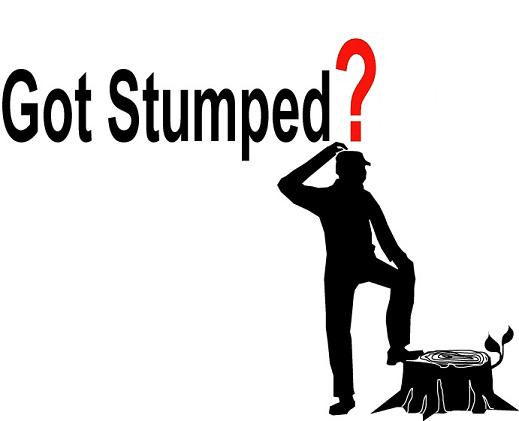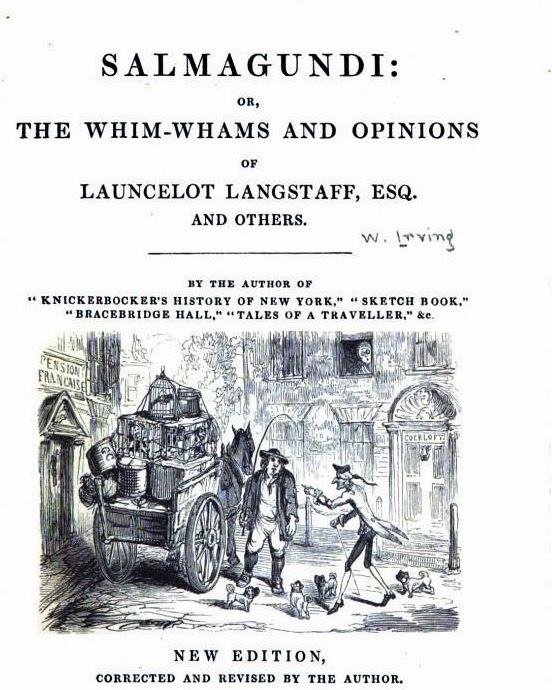Dear Readers, I must apologize for misnumbering my previous post ‘In Sheep’s Clothing’. It should have been FC #113 (and has since been fixed). The post on ‘DNA’ was FC #112.
I received a few interesting comments:
Swathi Belur says:
“Your article reminded me of an incident in the airport in North Carolina. I went into a store with my kids to get some stuff, and the store owner kept persuading me to take a box of candy for free. My instincts prevailed, and I refused, who knows, I could have been charged with shoplifting!”
Shahji Jacob says:
“The Black Swan is a famous book by Nassim Nicholas Taleb that refers to the black swan, (there is a movie by that name too) as an unpredictable event that has potentially severe consequences. Black swan events are characterized by their extreme rarity, severe impact, and widespread insistence they were obvious in hindsight. To me, at least, the key word here is “in hindsight”. When does it turn into a possible scam, as Pras and his wife would probably have discovered in Paris had they even paused to look at that ring? I guess so many such events have passed us by, and we can only reflect in hindsight if it was good or bad.”
(For more information on Black Swan events, please see FC #061)
Tarun Kunzru says:
“When a black sheep turns out to be good, could he have changed colours? Can a sheep in wolf's clothing get ripped off? Will a message from a conman be referred to as Context?”
Karthik from Gabarone, Botswana writes:
“It’s rather unfortunate that the colour black is always associated with something that is not right or out of the ordinary. Having lived in a black continent for almost 3 years and have worked with the people here, I believe that black is as pleasing as any other colour.”
😖 Stumped
On Tuesday night, I was watching the third T20 match between India and South Africa. Stubbs was at the non-striker's end and Deepak Chahar came running up to bowl. He found Stubbs outside the popping crease backing up to steal a run and cautioned him with a smile by feigning to knock off the bails. Apparently, though the rules do permit running the non-striker out in this fashion, it is considered against the spirit of the game, which Chahar did uphold.
At the bowler's end, if the non-striker steps out of the crease before the ball is bowled to steal a run and if the bowler touches the ball to the ground and removes the bails, it would not be called stumping but considered as a 'run out'. Some consider this ‘running the batsman out’ not sportsmanlike. Nevertheless, the ICC Rules consider such ‘running the non-striker out’ as a valid dismissal, a consequence of crossing the line.
Let’s look at the other side of the pitch, which we know as the ‘striker’s end’. A batsman can be declared out stumped which involves the wicket-keeper, after collecting the ball, knocking the bails off or putting down the wicket while the batsman is out of his ground. The batsman leaves his ground when he has moved down the pitch beyond the popping crease, usually in an attempt to hit the ball. The action of stumping can only be performed by a wicketkeeper, and can only occur from a legitimate delivery. Dhoni was remarkably good at this. He now holds the world record for effecting the most number of stumpings (195) in international cricket.
In our daily life, we find people overstepping their limits and causing harm to themselves or causing anguish to others. We could shun them or counsel them or help them stay within acceptable limits. In other words, if I may coin the expression, do a Chahar.
Similarly, we can choose to do a Dhoni on someone who has crossed the line or do a Chahar and caution him again. I have written about crossing the line and if you haven’t read my post on crossing the line I shall thank you to please do so.
When you tell someone that you were stumped, you are actually implying that you were either left speechless or completely taken aback. ‘Stumped’ could mean any of these: baffled, perplexed, at a loss, at sea, stymied, nonplussed, flummoxed, brought to a standstill, uncertain which way to turn, at your wits' end.
I must confess, I was stumped for a moment when the guy who borrowed money from me asserted that he never borrowed any money from me. Certain statements, such as this, made by people may leave you perplexed or speechless.
We are all too familiar with our reaction to the question paper in any given exam. Some would feel stumped by the ‘out of syllabus questions’ and some would be stumped by the way the question is posed. In the US, a difficult or mind-boggling question is referred to as a ‘stumper’. (Wonder why the wicketkeeper is not called a stumper?)
The evidence of the use of the term ‘stumper’ was found way back in 1807 in a New York magazine by name ‘Salmagundi’ a satirical periodical that was produced between January 1807 to January 1808 by Irving and Paulding but discontinued due to a disagreement with the publisher. It was revived in 1965 under the same name but published only in 1969 at Skidmore College, a private liberal arts college in Saratoga Springs, New York. Though it is often called a “little magazine” it is by no means predominantly belletristic*.
(*the word reminds me of Shashi Tharoor. It means: Written or appreciated for aesthetic value rather than content.)
Talking of stumpers, the first stumper that comes to my mind is some stranger asking me, “How much salary do you get?”. Another multiple stumper is, “When did you buy this house? How much you paid? How much is it worth today?” And so on.
Stumpers are also known as questions that leave you stumped if you don’t know the answer. Like this question: Which word is spelt incorrectly? Well, the answer is the word ‘incorrectly’. A bit juvenile it may appear, but when a smart kid poses such a stumper you realize you are stumped.
Once a kid asked me if there are two keys that can’t open any lock, which are they? I, of course, said, “I don’t know.” The kid thought I was dumb-witted and looked at me and said, “Very simple answer, uncle, it is monkey and donkey!” I made a loser’s face, and the kid’s face lit up with triumph.
Riddles, Mensa puzzles and brainteasers are also various forms of stumpers. If you are not good at lateral thinking, you may be stumped. Try this Mensa puzzle, which appears elementary, and let me have your answer:
Ria bought 4 oranges and 3 lemons for 90 cents. The next day, she bought 3 oranges and 4 lemons for 85 cents. How much did each lemon and orange cost?
A riddle is a type of statement, question or phrase, whose purpose is to make the person think. A puzzle is a type of game, problem, or toy, whose purpose is to test a person’s ingenuity or knowledge. A brain-teaser is a type of puzzle. It must be solved by thinking in unconventional ways.
A fun brain-teaser is this one: There are three houses.
The red house, the blue house and the white house. If the red house is to the left of the house in the middle, and the blue house is to the right of the house in the middle, where is the white house?**
(scroll down to the end for the answer if you did not get it)
There is an anecdotal stumper which you may like.
In an interview for the post of a receptionist, the interviewer asked this smart girl from Kerala: “I am told you people are very intelligent and intuitive. I give you three colours - Green, Yellow and Orange - show me how you might use them for a telecon?” Without batting an eyelid, the girl replies: “The telephone rings green green green, I will pick and say yellow yellow yellow and then tell the person at the other end ‘OK Sir, I will Orange the meeting.’” Obviously, she got the job!
Finally, here’s one that I liked. Simple and yet with an answer that can be elusive:
Q: Imagine you’re in a room that’s filling up with water quickly. There are no windows or doors. How do you get out?
A: Stop imagining.
See you next week! Life is a puzzle, a riddle and a brain-teaser, all rolled into one!
**In Washington DC









I enjoyed reading this issue of Filter Coffee, and all the excerpts from previous newsletters/posts.
Thank you
This one was a stumper indeed! Time to get some brain teaser revisions for me! Your newsletters are always a fun and knowledgable read ! Thanks